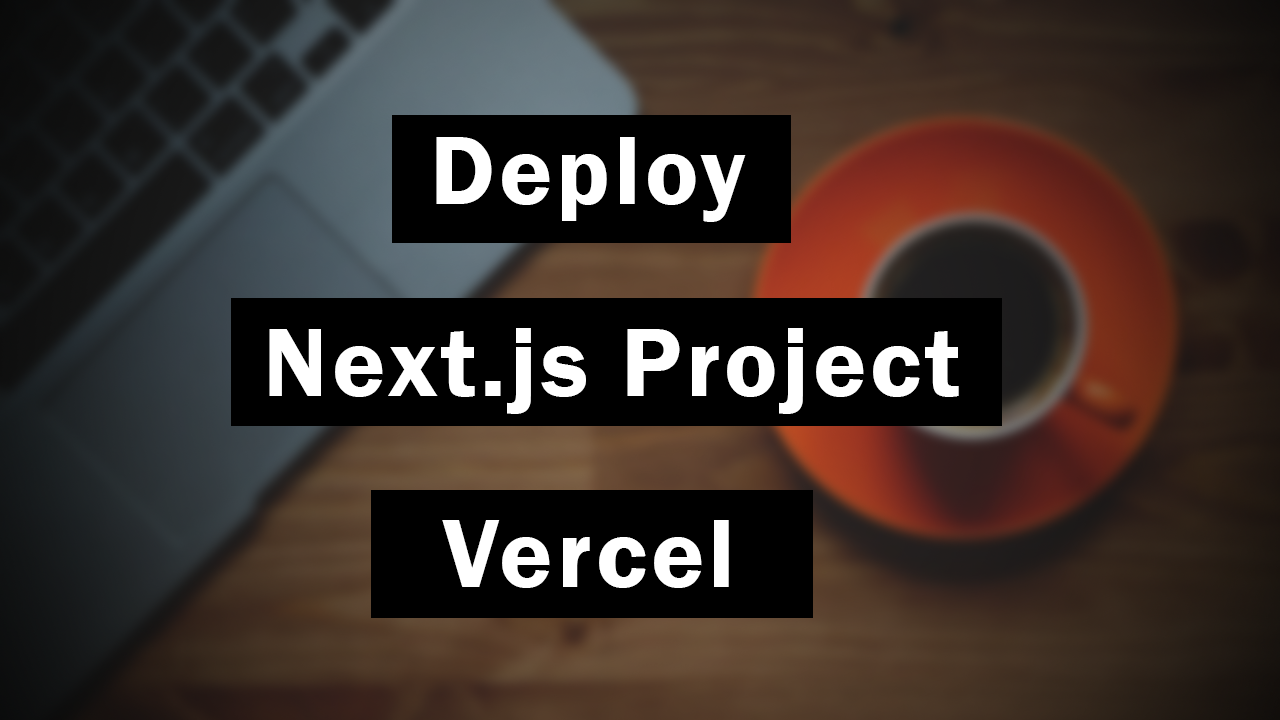Configuring Next.js: A Guide to the Next.js Configuration File
1. Introduction to Next.js Config
Configuring Next.js is essential for tailoring your development environment to suit your project's requirements. The Next.js configuration file allows developers to customize various aspects of their Next.js applications, from asset optimization to server-side rendering settings. In this article, we'll explore the Next.js configuration file in detail, covering essential configurations and advanced customization techniques to help you optimize your Next.js projects.
2. Understanding the Next.js Configuration File
The Next.js configuration file, `next.config.js`, is a JavaScript file that exports a configuration object containing various options and settings for your Next.js application. This file allows you to override default Next.js configurations and customize your application's behavior according to your needs.
3. Essential Next.js Configuration Options
Let's take a look at some of the necessary configuration options available in the Next.js configuration file:
- 1.
`target`: This Specifies the target environment for your Next.js application, such as server or serverless. - 2.
`webpack`: This Allows for customizing webpack configurations by providing a function that receives the webpack configuration object. - 3.
`env`: This Enables you to define environment variables that are accessible in both client-side and server-side code.
4. Advanced Next.js Configuration Techniques
In addition to the essential configuration options, Next.js offers advanced customization techniques for fine-tuning your application
- 1. Customizing Babel Configuration: You can customize Babel configurations by providing a
`babel`key in the`next.config.js`file and modifying Babel presets and plugins. - 2. Optimizing Assets: Next.js allows for optimizing assets, such as images and fonts, by configuring asset optimization options like
`images`,`fonts``, and`experimental.optimizeCss``. - 3. Server-Side Rendering (SSR) Configuration: You can configure server-side rendering settings, such as customizing headers and modifying the behavior of the server-side rendering process.
5. Creating the Next.js Configuration File
To create a `next.config.js` file for your Next.js application, simply create a new file in the root directory of your project and export a configuration object with the desired options:
// next.config.js
module.exports = {
target: 'serverless',
webpack: (config, { isServer }) => {
// Custom webpack configurations
return config;
},
env: {
API_URL: process.env.API_URL,
},
};
6. Conclusion
The Next.js configuration file is a powerful tool for customizing and configuring your Next.js applications. By understanding and using this various configuration options available, you can optimize your Next.js projects for performance, scalability, and developer productivity.
7. FAQs (Frequently Asked Questions)
What is the purpose of the Next.js configuration file?
The Next.js configuration file (`next.config.js`) allows developers to customize various aspects of their Next.js applications, including webpack configurations, environment variables, asset optimization, and server-side rendering settings.
Can I customize webpack configurations in Next.js?
Yes, Next.js allows for customizing webpack configurations by providing a function in the `next.config.js`file that receives the webpack configuration object and returns a modified configuration.
How do I define environment variables in Next.js?
You can define environment variables in Next.js by using the `env` key in the `next.config.js` file and specifying key-value pairs for the variables you want to define.
What are some advanced Next.js configuration techniques?
Advanced Next.js configuration techniques include customizing Babel configurations, optimizing assets like images and fonts, and configuring server-side rendering settings for fine-tuning performance and behavior.
Is the Next.js configuration file required in every Next.js project?
No, the Next.js configuration file (`next.config.js`) is optional and only necessary if you need to customize or override default configurations for your Next.js application.



